For the first time ever, an adaptive optics system at Las Campanas Observatory was installed without the guidance of Professor Laird Close! Laird is back in Tucson supporting his daughter at her high school graduation (congrats Annabel!) This means I got to fill in for my advisor as optomechanical lead on MagAO-X, and align the instrument to the telescope. It’s not as easy as it sounds!
To be honest, our smaller group of grad students really stepped up to the plate today to get this install done quickly, efficiently, and correctly. I guess we have good teachers or something….
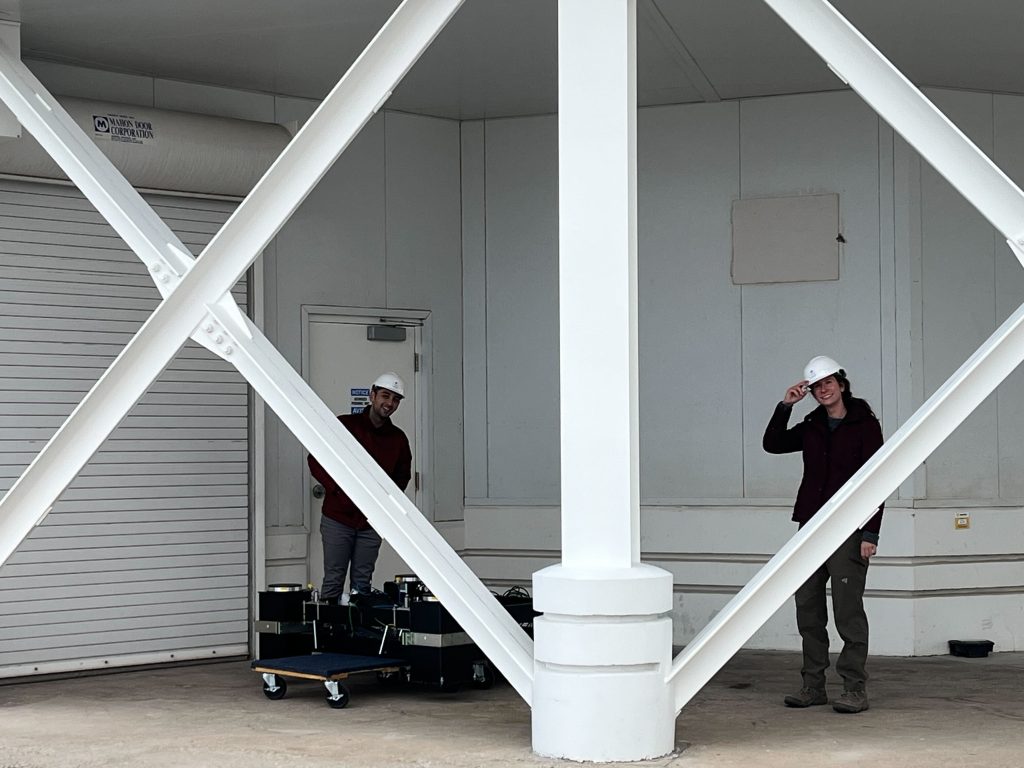



One of the most important items I was tasked with today was not forgetting to remove the window covering on the back of the instrument (you know, so the starlight can actually get inside MagAO-X).

One of the more challenging sections of the alignment process is leveling the legs. Each of the four legs has four jack screws that are driven into corresponding metal casters placed on the floor. This raises the instrument to a particular height and does a preliminary leveling of the table before we turn on air flow to float the table. For some reason Josh got the pesky leg and we had to adjust it several times to get that lovely “0.0 degrees” on our digital level.
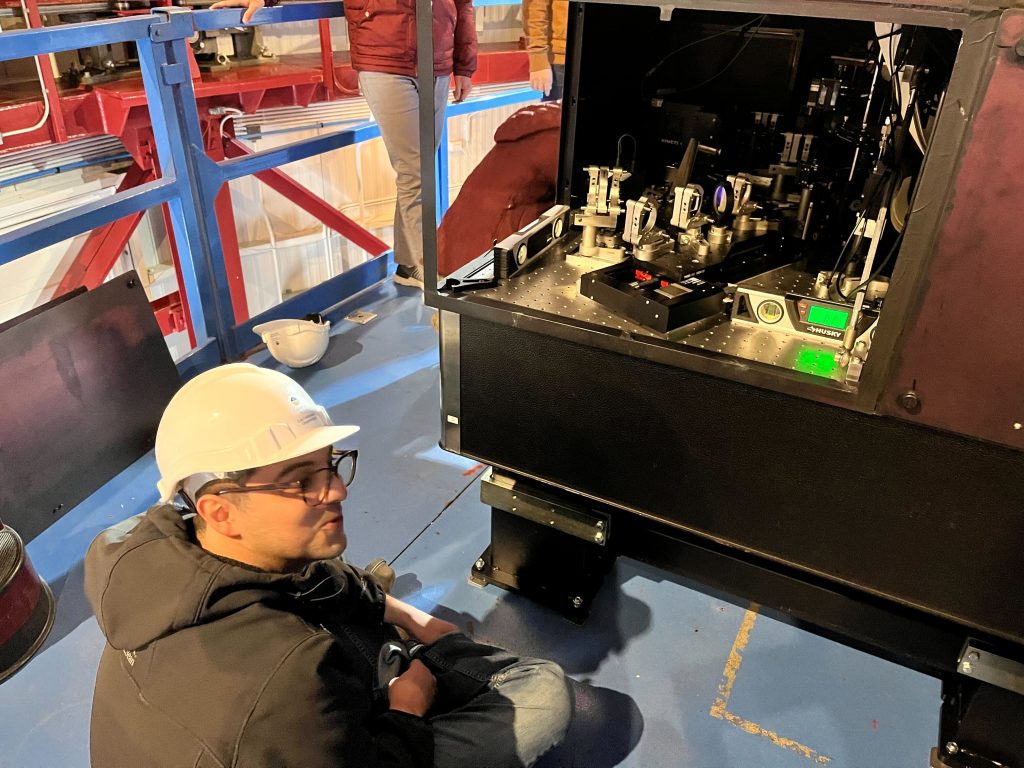
Other antics today: Our beloved postdoc, Dr. Sebastiaan Haffert, left the US today to return to his home country to become a professor at Leiden University in the Netherlands. We know he is going to accomplish amazing things! Too bad he’s leaving behind this group of jokesters (see our clown car).
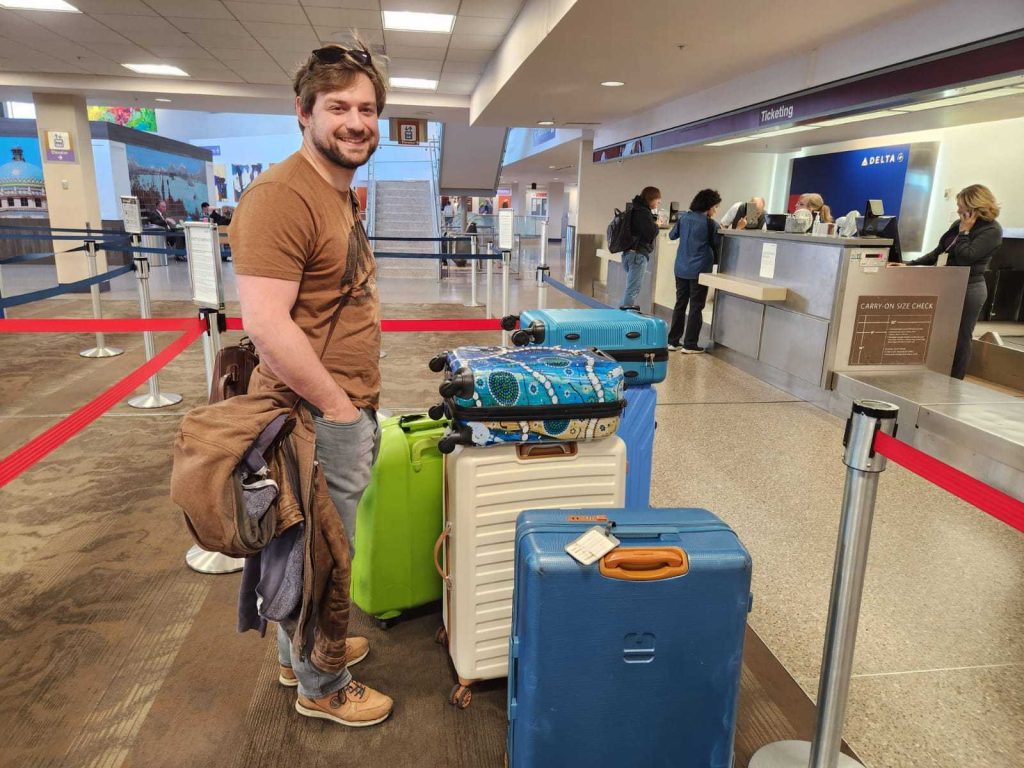
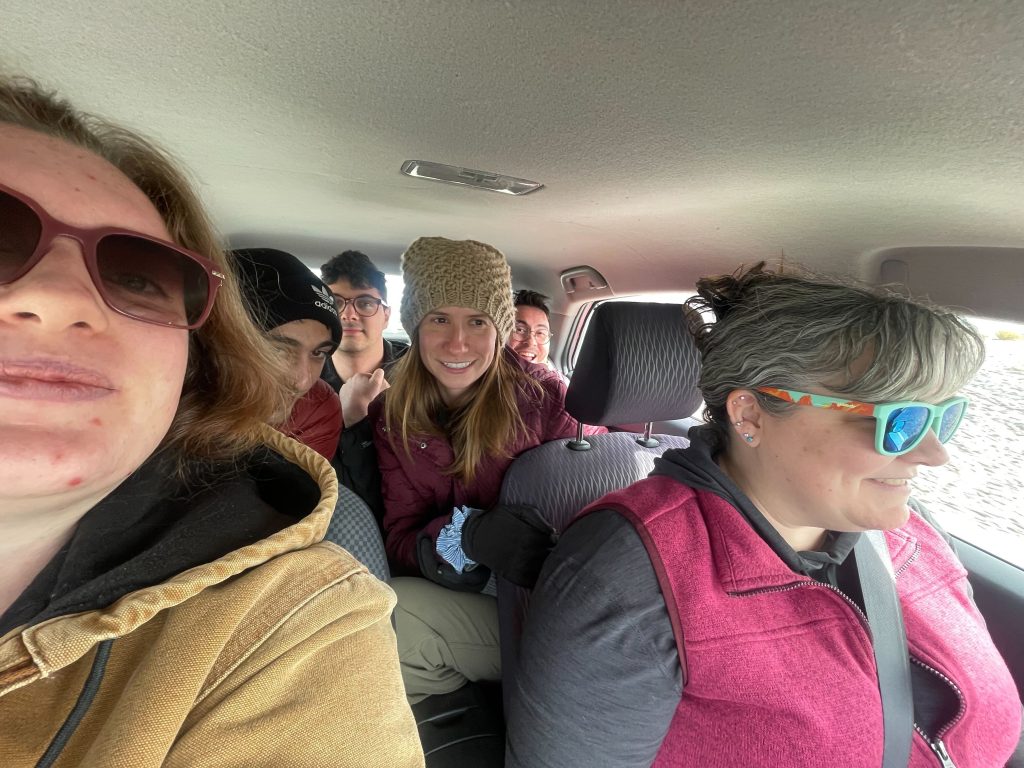
Once we got the table leveled, and confirmed the ability to float and stay level, it was time to cable the instrument to the electronics rack.
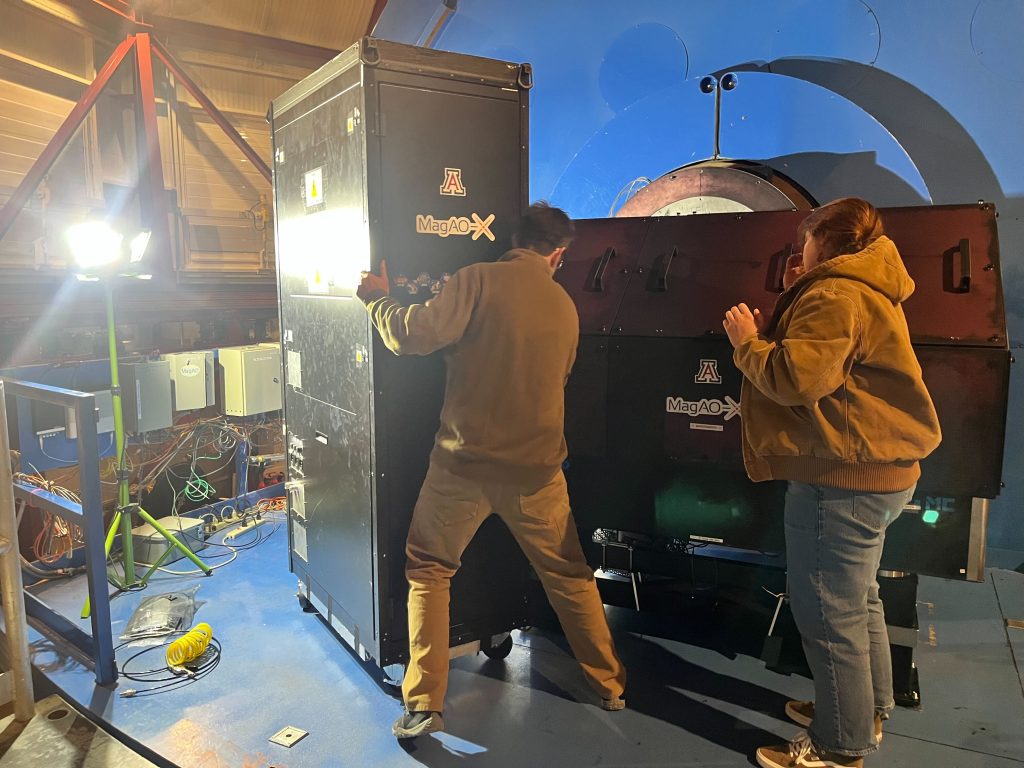
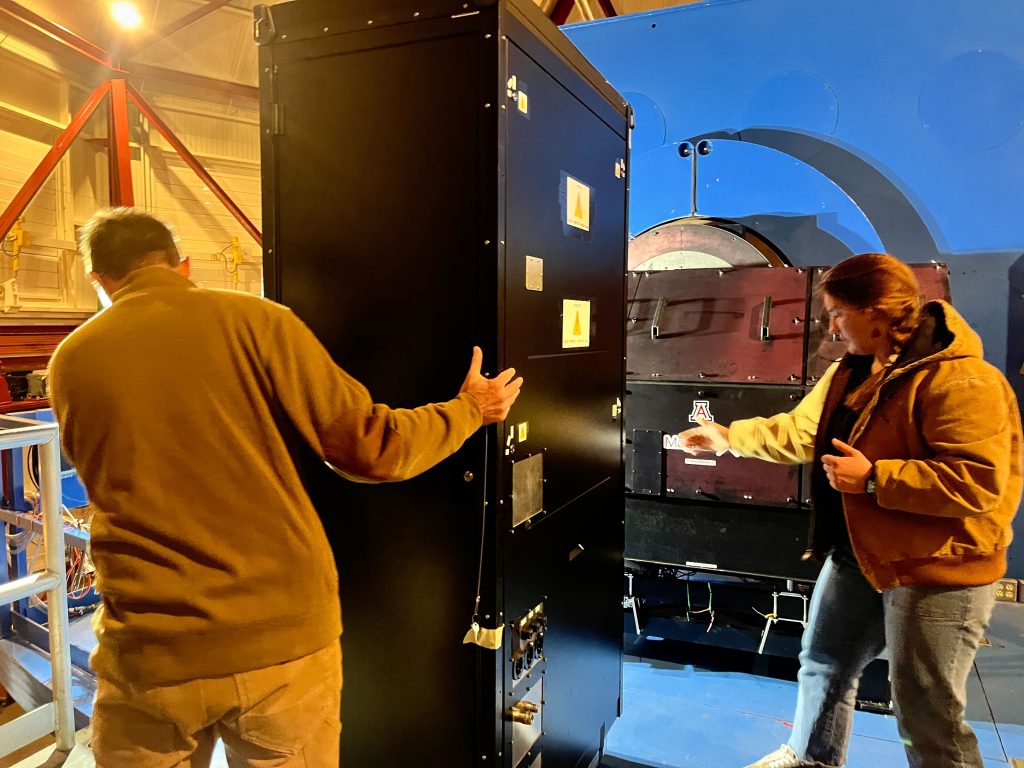
Cabling went smoothly and all the DM actuators were live on the first try! Woot! After that, most of the team went to the early dinner while Kian and I stayed back and installed the worst part of our instrument: the bumpers. Below are some photos. Each leg of the instrument gets a bumper. Notice in the picture the rubber is not quite touching the instrument. That is intentional. When the telescope slews (rotates) our instrument mounted on the nasmyth platform rotates right along with it. If there was an emergency stop, and the telescope abruptly stopped moving, our floating table’s momentum would cause it to continue to move right off of its legs and go flying like a frisbee. Thus we have four bumpers attached to the legs to bump the instrument back onto the legs in case of such an event. While these are a necessary safety precaution, they are no walk in the park. They’re heavy and unwieldy, and if you recognize that clam looking piece of metal, that is because it has to be uninstalled from the cart we use to wheel MagAO-X around, then reinstalled onto the legs with the bumper hardware.

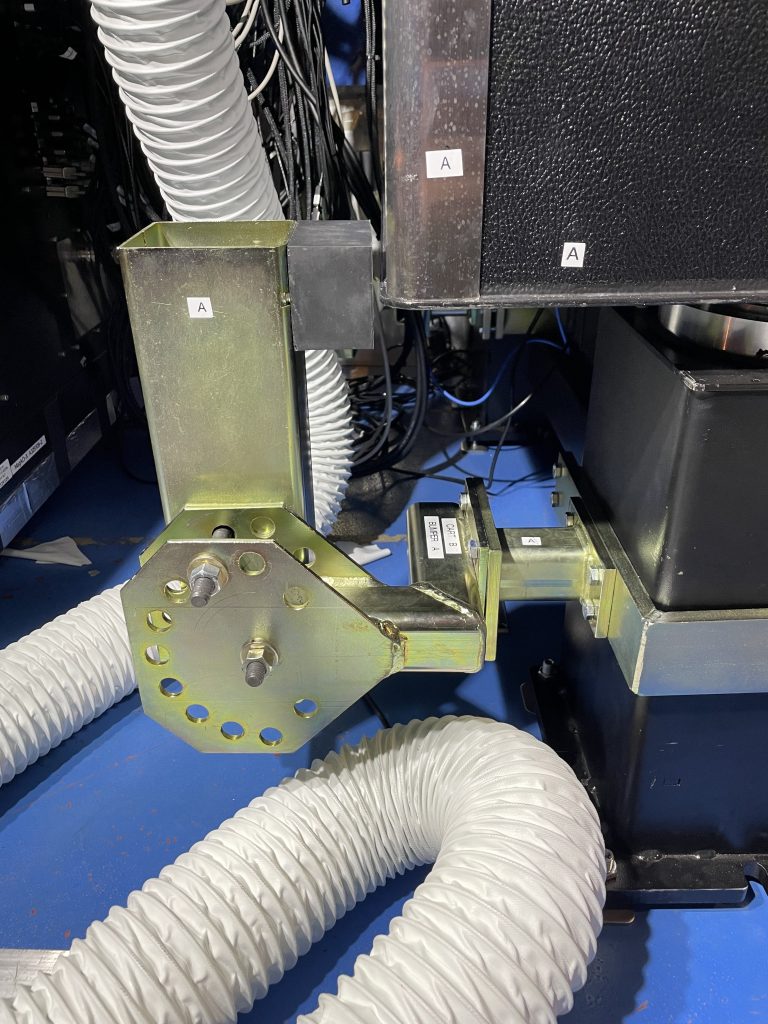
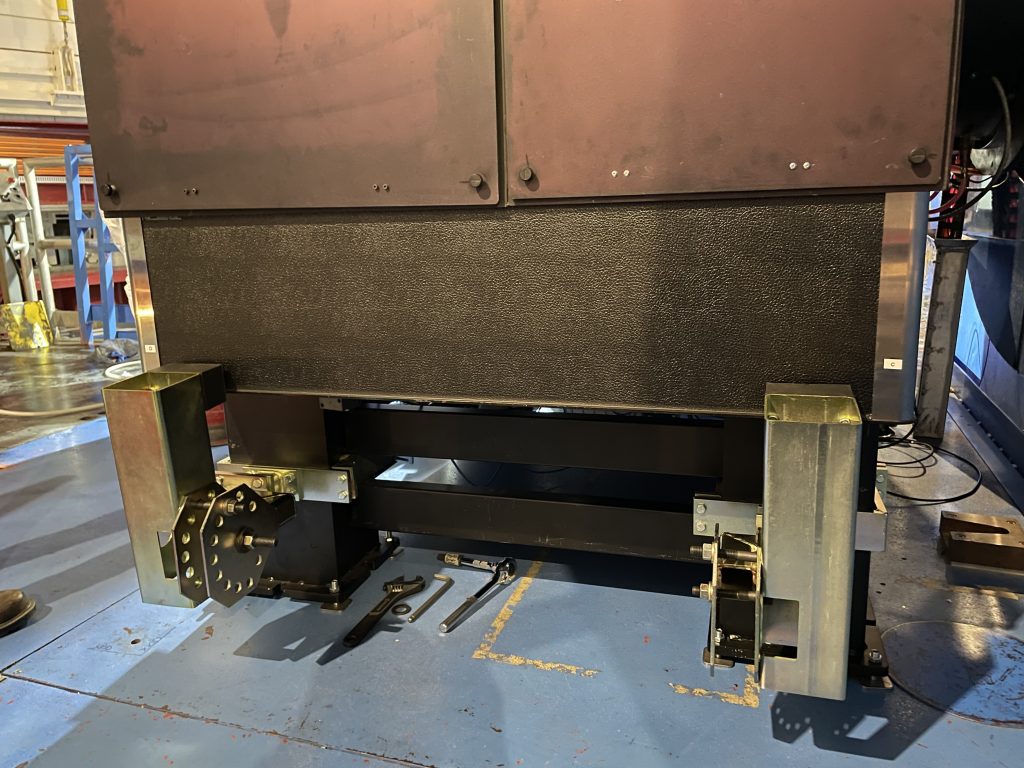
Nonetheless, Kian and I persevered. We installed all four bumpers plus some earthquake bars and we were ready to observe! But not before some sunset shots!
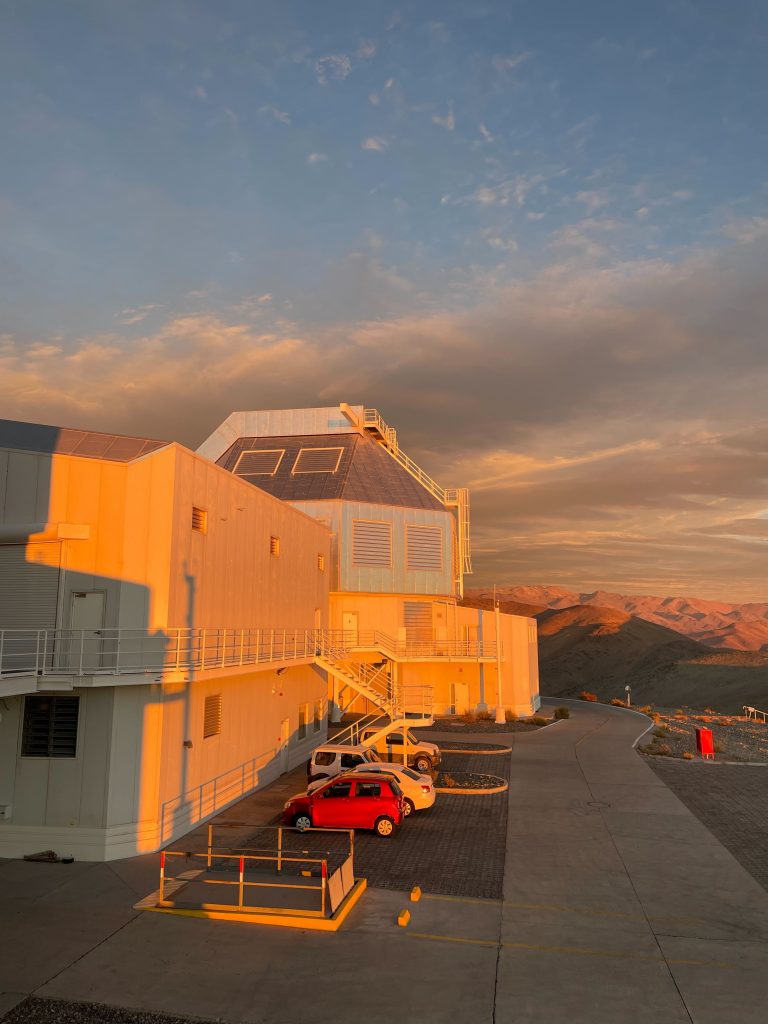

Now I am sitting in the control room, writing this blog, as Jared works on calibrating, Eden is taking logs, Logan works on her dissertation, Kian is modeling some coronagraph, and Joseph tries to fix our never-ending computer problems. Josh and Jay are hopefully peacefully asleep, as they are taking over the second half of this 14 hour observing night. The dome is currently closed due to clouds. Before we closed though, Jared managed to close the loop at 3000 Hz for the first time on-sky!
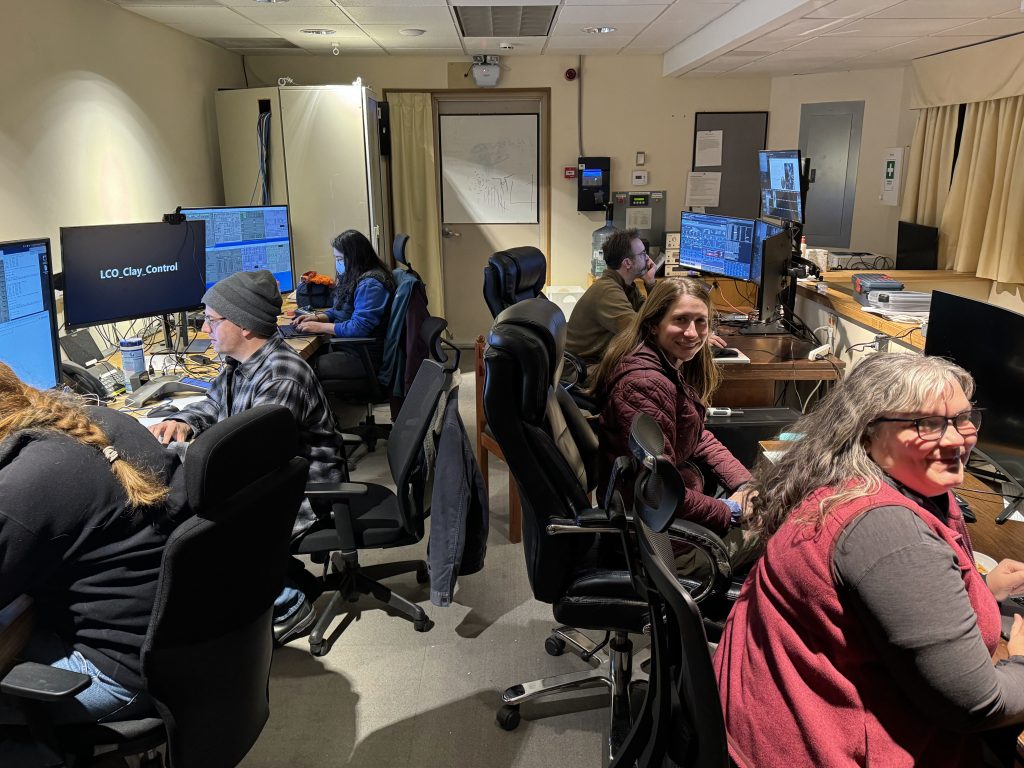
The best fifteen minutes of my day was really just a few seconds. As soon as Jared confirmed that the system was aligned and a star was incident on our cameras, just as well as the March run, I felt a huge weight leave my shoulders. I have done well by my advisor and I can rest easy knowing I handed off MagAO-X in a usable state.
Song of the Day:
Your song of the day is paying homage to the worst 15 minutes of my day.